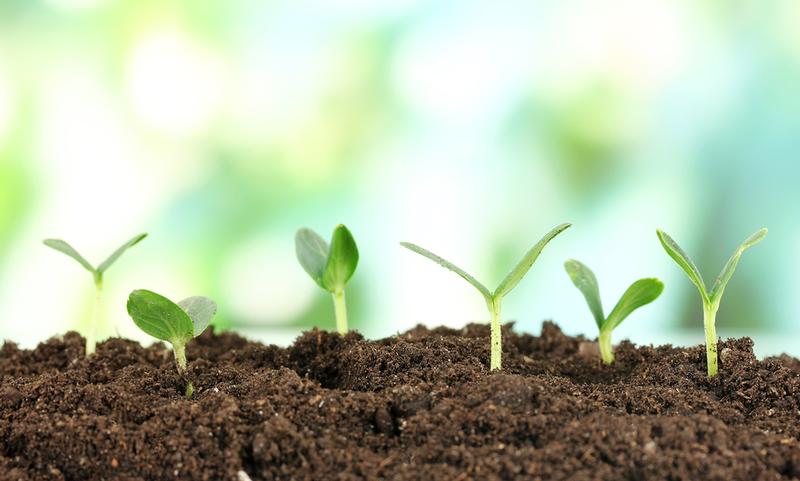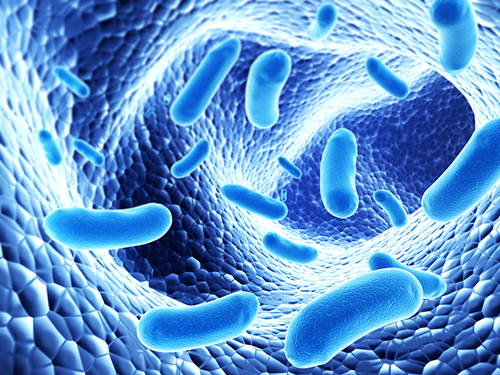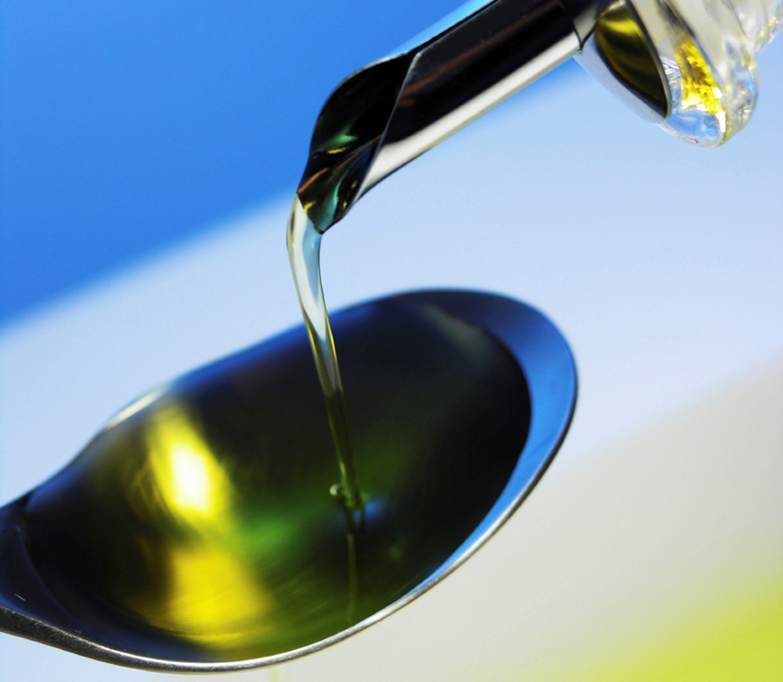Pollutants and Effects
By minimizing the use of pollutants, we can reduce the harm on all forms of life, especially aquatic life.
Keeping pollutants out of our water resources also greatly increases enjoyment of them.
Debris
 Trash is the simplest type of pollution to understand. It interferes with the enjoyment of our water resources.
Trash is the simplest type of pollution to understand. It interferes with the enjoyment of our water resources.- Plastic bags, six pack rings, bottles, and cigarette butts washed into our water bodies can choke, suffocate, or disable aquatic life like birds, fish, and turtles.
- When trash decays it can become an environmental concern.
Nutrients (Fertilizer/Yard Waste)
 Nutrients are compounds that stimulate plant growth, like nitrogen and phosphorus. They are beneficial and necessary, but in high concentrations can become an environmental threat.
Nutrients are compounds that stimulate plant growth, like nitrogen and phosphorus. They are beneficial and necessary, but in high concentrations can become an environmental threat.- Nutrients cause algae blooms. When the algae dies off, it sinks and decomposes in a process that removes oxygen, killing fish and plant life (eutrophication).
Pathogens (Human/Animal Waste)
 Pathogens are disease-causing micro-organisms, such as bacteria and viruses, which cause health problems to humans, wildlife, and plant life.
Pathogens are disease-causing micro-organisms, such as bacteria and viruses, which cause health problems to humans, wildlife, and plant life.
Sediments (Dirt)
- Reduces light penetration and affects photosynthesis, the process that allows plants to use light as their source of energy.
- Makes waterways cloudy and can suffocate fish by clogging their gills.
- Destroys aquatic habitats.
- Can clog ditches, culverts, and drainage pipes, creating potential for flooding.
Toxic Chemicals (Oils, Grease, and Pesticides)
 These substances can harm the health of aquatic life and/or human beings.
These substances can harm the health of aquatic life and/or human beings.- Many toxins are resistant to breakdown and tend to be passed through the food chain.
- Toxins are created by a wide variety of human practices and products, and include heavy metals, pesticides, and organic compounds.